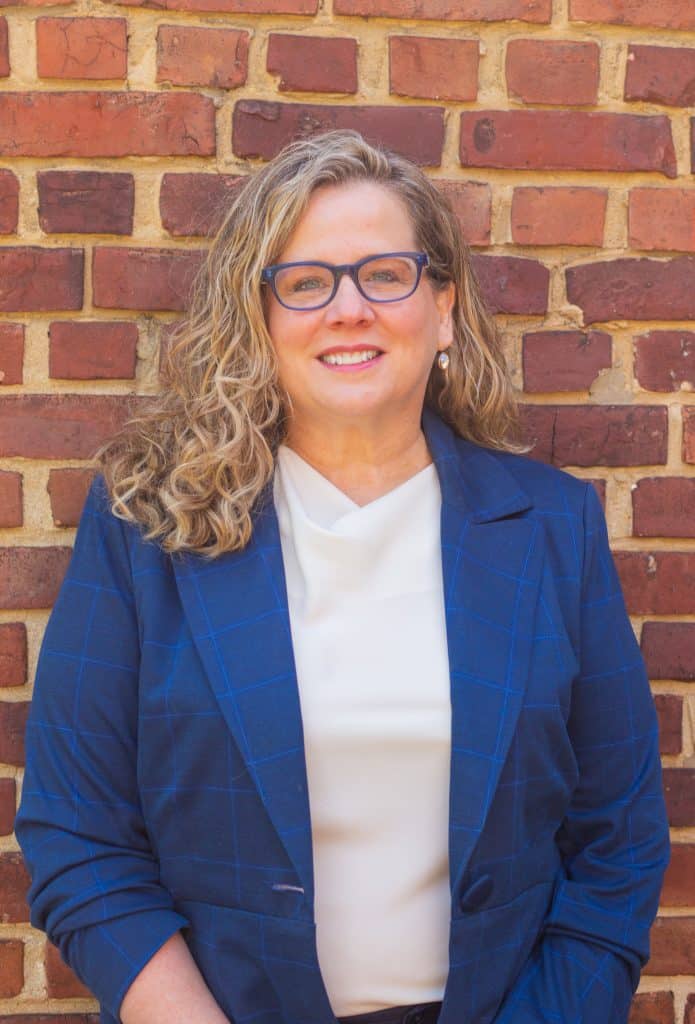
The status of affordable housing in Moorestown and the potential impact of adding new affordable homes on our community is one of the topics we get asked about most frequently. Township staff have put together an excellent summary of affordable housing in Moorestown on the township website at https://www.moorestown.nj.us/685/Affordable-Housing. That summary describes our plan for meeting our constitutional obligation to provide affordable housing with a mix of inclusionary developments (80% market rate units and 20% affordable units), 1 mixed-income (50% of each) development, and 2 100% affordable developments. But affordable housing, and especially how it gets financed, is complex, so it seemed like a good topic for this month’s column.
The general idea behind affordable housing is that about 30% of one’s income should go toward housing. Ensuring that workers at all income levels have access to housing means that some housing needs to be rented or sold at below-market rates, which in turn requires some form of subsidy. One of the major sources of funding for municipally sponsored affordable housing is low-income housing tax credits (LIHTC.)
When affordable housing developers are awarded tax credits, they sell them to companies who then get a reduction in their federal tax liability. In this way, LIHTC provides private investment that supports the development of affordable housing, which in turn reduces the amount a municipality must pay in order to meet its constitutional obligation to provide affordable housing.
In New Jersey, LIHTC are awarded to affordable housing projects on a competitive basis, and, with a few exceptions, the awards go to the projects with the lowest cost per unit. In order to increase the chance that a project will be awarded LIHTC, municipalities make contributions in the form of donated land and/or funds as a way to reduce the developer’s per-unit cost.
In Moorestown, we have received nearly $35 million worth of LIHTC for the two 100% affordable developments (on Centerton Road, and at Harper and Eastgate), and one mixed-income development (on Borton Landing Road). If we had not been awarded those credits, Moorestown taxpayers would have had to subsidize that $35 million worth of development costs.
Apart from any contribution the municipality might make, affordable housing projects must also have a PILOT (Payment if Lieu of Taxes) agreement with the municipality in order to be eligible for the LIHTC award.
New Jersey’s PILOT program was originally developed as a way for municipalities to incentivize redevelopment in underutilized or dilapidated areas by allowing developers to pay an annual amount that is lower than they would typically pay for property taxes. In the case of 100% affordable housing and mixed-income housing (like the Harper Drive and Borton Landing Road developments), the state establishes the terms of the PILOT (annual payment amount and duration of time) that are required in order for the project to receive LIHTC.
The township also has a PILOT agreement with the developer of Pearl (apartment complex at the Moorestown Mall) which came about as part of our negotiations to limit development there (the 2018 settlement agreement allowed for up to 1065 apartments to be built at the mall; Pearl will have 375 units). This PILOT agreement requires the developer to pay 12.5% of gross revenues to Moorestown annually, but we won’t know what those revenues will be until the rents are established for the market-rate units in that complex.
By New Jersey law, 5% of the developer’s PILOT payments go to the county budget, and the remaining 95% goes to municipalities. This is generally a benefit to municipalities in the case of commercial development, but since all but one of the affordable housing developments will bring new students to the school district, council has publicly stated that we are willing to discuss sharing PILOT revenues with the school district to help mitigate the costs of educating additional students. The amount of revenue the municipality will receive from the 100% affordable projects will be relatively low, around $20k total per year.
The amount we’ll receive from the development at the mall will be more substantial, but again, we won’t know how much until the market-rate rents are established. We cannot make any commitments to the school district without knowing the amount of revenue and projected number of students, but all of us on council recognize how important excellent schools are to the entire community. For this reason, we are all committed to working with the district to ensure that we can meet our affordable housing obligation and continue to provide outstanding services, including education, to current and future residents.









